From Japan to Tatarstan with unique technologies
This year Tatarstan has been included in the top 20 Russian Regional Investment Climate Index as well as last year. The republic attracts companies from different countries to fulfil joint projects. Tatarstan has long-standing business relations with one of its investors – Japan. Undoubtedly, Ammonia is their largest common project. Petrochemical GC TAIF and Mitsui are also among these projects. Mitsui's senior adviser Takehiro Togo, who was Ambassador Extraordinary and Plenipotentiary of Japan to Russia, made his person contribution to the implementation of rare technologies in Tatarstan. Realnoe Vremya tells about the role of deceased Mr Togo in the industrial development of the republic and his personal friendship with the first President of Tatarstan.
All the nation through one person
'I suppose Takehiro Togo was the first Japanese with whom I had close relationships. It is possible to say I discovered this unknown for me and mysterious nation in him and while talking to him. He became a generalised character of the Japanese people,' first President of Tatarstan, State Adviser Mintimer Shaimiev shared his memories with Realnoe Vremya. They were connected with business relationships and friendship that during Mr Togo's work as Ambassador Extraordinary and Plenipotentiary of Japan to Russia in 1996-2000. He had served as a diplomat in Moscow under Secretaries Generals Nikita Khrushchev, Leonid Brezhnev and Mikhail Gorbachev.
In Mintimer Shaimiev's opinion, Takehiro Togo was an excellent diplomat, celebrated political and social activist who made a personal contribution to the development of cooperation between Russia and Japan, which, in turn, opened plenty of opportunities for the establishment of business links with Tatarstan.
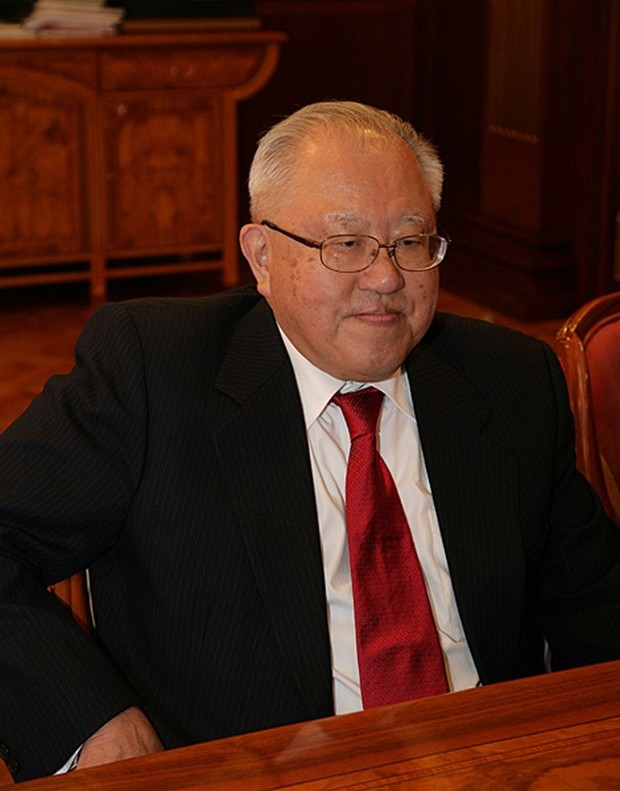
Their first acquaintance was in August 1998. As Ambassador Extraordinary and Plenipotentiary of Japan to Russia, Takehiro Togo paid an official visit to Tatarstan accompanied by businesspeople. At that moment Japan just started to discover Tatarstan. Being in Moscow, Takehiro Togo carefully studied the regions of the country. Tatarstan was one of the first republics that he chose for establishing a mutually beneficial cooperation. This is why, in 1998, the Japanese came to Tatarstan mainly in order to get acquainted and study the possibilities in different spheres of the economy.
'The curious Japanese did not limit to a visit to our capital only. They also went to Yelabuga, Mendeleyevsk and Nizhnekamsk,' says Mintimer Shaimiev. 'They were interested in investment possibilities of the Japanese side in the Kama Industrial Region. They visited our largest enterprises: ElAZ, Nizhnekamskneftekhim, Nizhnekamskshina and ICL-KME CS, which is a joint venture with the participation of the Japanese capital in Kazan. Indubitably, first of all, we personally saw the legendary Japanese politeness, their eastern curiosity, skill to observe and look into what they are interested in without bothering other people around.'
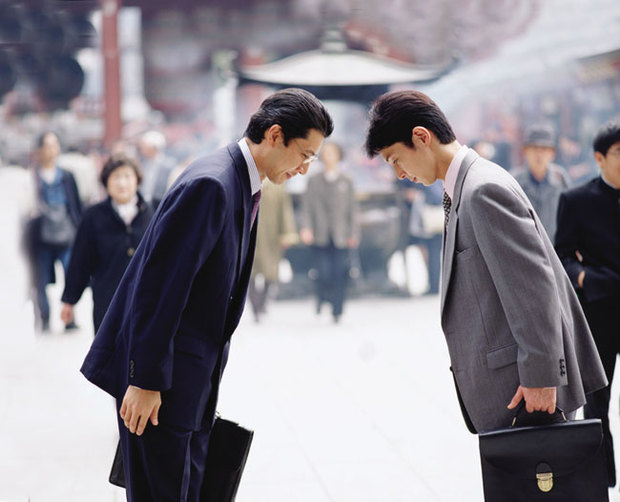
The Tatarstan people were especially amazed by the Japanese people's reverential attitude to everything what referred to their country. In Yelabuga, the delegation visited graves of their imprisoned compatriots who died in a special camp from injuries and diseases during the war. 'Mr Togo cordially expressed his gratitude for a solicitous attitude to the graves of Japanese captives in Tatarstan first. And only then he delicately started to talk about a possibility of their reburial in Japan. Having received a prior consent of the Ministry of Foreign Affairs of the Russian Federation, we expressed our readiness to meet the request of the Japanese side by all means,' Mintimer Shaimiev remembers. The ashes of the Japanese captives were collected and cremated and sent to Japan in several months. The Japanese party was grateful for the consideration showed. 'Mr Togo was touched by our attention and responsiveness. So our friendship was born,' tells Mintimer Shaimiev.
Largest ethylene producer in USSR together with the Japanese
Then the Ambassador was received in the Kazan Kremlin that Takehiro Togo visited with a larger group of businesspeople. It gave an impetus to the expansion of economic ties between Tatarstan and Japan. There was signed a strategic partnership agreement between the Government of the Republic of Tatarstan and Toyo Engineering Corporation и Mitsui & Co., LTD. By the way, the agreement was created as early as 1 July 1876 soon after when Japan opened its domestic market for international trade after a centuries-old isolation. Very GC Mitsui was founded in the 17 th century by Mr Takatoshi Mitsui. Nowadays Mitsui has 154 offices in 66 countries that sell and invest in extraction and refinery of oil, gas and mineral resources, production of steel goods, equipment, infrastructure development (mainly in power engineering and railway vehicles), automotive and chemical industry, IT, transport and logistics, food production and agriculture.
As for Toyo Engineering Corporation, the company has been projecting and building for industrial facilities, supplying equipment, organising testing and commissioning procedures, providing technical services for industrial facilities in oil and gas, petrochemical sectors since 1961. It has work experience in the production of mineral fertilisers and construction of operating systems. And, by the way, it was Toyo Engineering Corporation who helped Nizhnekamskneftekhim PJSC put Ethylen-450, the largest ethylene producer in the USSR, into operation 40 years ago. After a modernisation in 2013, the Ethylene-450 complex started to produce over 600,000 tonnes. This construction was beating records in the 70s: a 520-tonne column of almost a 100-metre height was erected for the first time in the country.
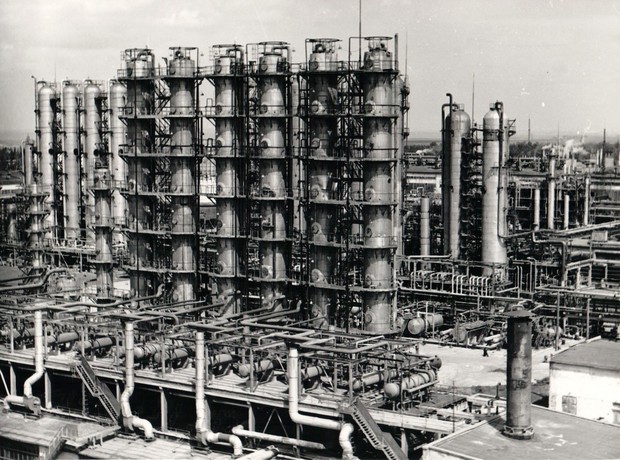
Life-changing trip for KAMAZ
The next meeting took place when Mintimer Shaimiev visited Japan together with an official delegation of Russia headed by President Vladimir Putin in the early noughties. 'There were high-level negotiations with Prime Minister of Japan Iosiro Mori on the problems of strategic and geopolitical relations between the two countries and trade and economic cooperation of Russia and Japan. Takehiro Togo, whom we know well, also assisted in the negotiations and helped our aspirations by all means. Thanks to him, we, the Tatarstan people, had quite fruiful breaks between the negotiations. He initiated our meeting with the heads of Mitsui that immediately gained a constructive character. We talked about a cooperation in petrochemistry, agreed to create Mutsui and Tatarstan Cooperation Council,' Mintimer Shaimiev remembers.
This trip was life-changing for KAMAZ. Renewal of the frozen line of the KAMAZ credit on delivery of operating equipment at $200m was included in the agenda of the negotiations of Vladimir Putin and Iosiro Mori. As a result, Engine Factory of KAMAZ got all necessary equipment. Soon it enabled the factory to reach a new production level of Euro 2 lorry engines. Work on the creation of Euro 4 engines also began,' states Mintimer Shaimiev. 'I would call the renewal of the line of credit became a salvation of KAMAZ,' Mintimer Shaimiev says.
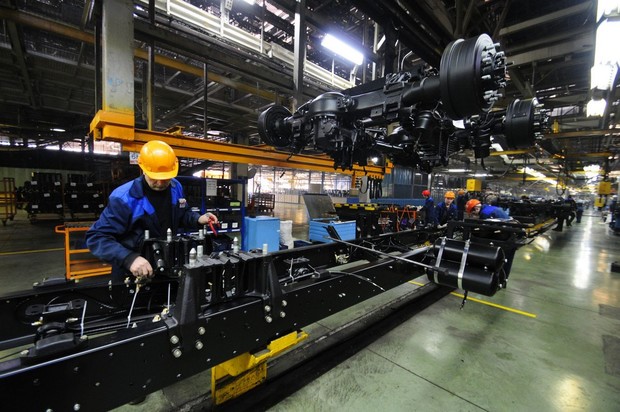
'Next evening Takehiro Togo invited me to his place,' first President of Tatarstan shares his memories. 'I have eaten buckwheat noodles for the first time there. Again the Japanese distinguished themselves! They not only traditionally eat seafood, which defines health and nation's longevity, but also use the most appropriate products in bakery. We even managed to take a banya that was located on one of the high floors. Despite it, hot thermal healing water was fed from underground. Having seen the Japanese lifestyle, I made many personal discoveries. But I also noted the affinity of our points of view on family values. For example, the whole family gathered to have a cup of tea after having a banya right on the floor in the hall. All together we were drinking tea at leisure, speaking in a low voice. This tea ceremony finally made Takehiro Todo and me friends. I unconsciously remembered Sunday lunches at my parents' house when our big and friendly family was sitting all together at table…'
How KOS got the unique non-phosgene polycarbonate production in Russia
The good relations of Mintimer Shaimiev with the Ambassador of Japan to Russia, who became the senior adviser of Mitsui later, Takehiro Todo helped to launch a safe polycarbonate production, which has been a widely-spread material in our life. A phosgene technology is dangerous for both a person and the environment. Phosgene is included in the category of especially dangerous chemical substances. Carbon monoxide and chlorine whose storage requires a careful attention are needed for its production. In case of even an insignificant spill in such a dangerous factory, it would be necessary to evacuate the whole city. Having studied the technologies in the market, Kazanorgsintez PJSC (KOS), which is a part of TAIF, chose a non-phosgene technology of Japanese Asahi Kasei. This method is relatively young and appeared just in the early 19 th century in Taiwan. But no one rushed to sell this technology to Tatarstan. However, with the help of Mitsui, KOS managed to establish relations with Japanese Asahi Kasei that agreed to sell its technology and awarded its licence for non-phosgene polycarbonate production.
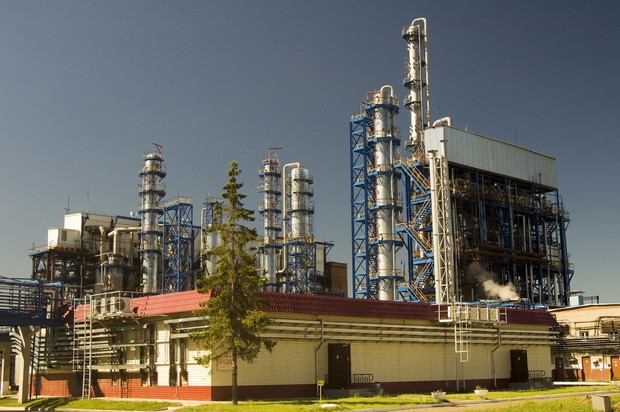
So, a construction of a new and unique for Russia polycarbonate factory began on empty areas of the chemical giant. As bisphenol is one of the key components of polycarbonate production, in 2003, Kazanorgsintez simultaneously with the Polycarbonate Factory started to erect a bisphenol factory based on Japanese Idemitsu Kosan's technology.
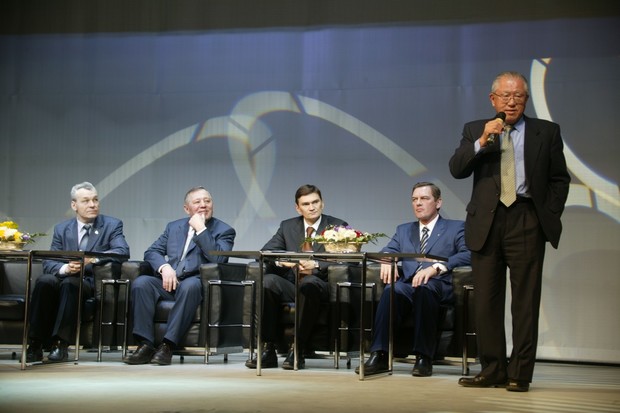
Mitsui's heads came to participate in the foundation stone laying. 'I remember that Mr Togo kept a stiff upper lip and performed his role of one of the foundation stone layers well, in spite of the fact the senior adviser did not get accustomed to -30°C, to put it mildly,' Mintimer Shaimiev remembers.
Five years later, in autumn 2008, the Japanese friends were invited to participate in the celebration of the 50 th anniversary of Kazanorgsintez PJSC and putting the new factories, which are included in the first stage of the strategic development of KOS, into operation. Delivering his speech, Mitsui adviser Takehiro Togo expressed his joy because the latest technologies of Japan and the largest industrial facilities of the republic found points of contact. 'We are opening a new page in the history of your petrochemical industry. My dream has come true. I visited Tatarstan in 1998 for the first time. I met with President of Tatarstan Mintimer Shaimiev, accompanied him on Sovereignty Day, observed what a large industrial base you have. There was a practice flight of MiG-29 aircraft in the end. It also demonstrated the power of the republic. At that moment it grieved me that Japan has little representation in such a big republic as Tatarstan. My dream was to connect the Japanese economic power that takes the second position in the world among developed countries,' Takehiro Togo told. Together with President of the republic and the director general of TAIF PJSC Albert Shigabutdinov, he cut a ribbon in the Polycarbonate Packaging Department. Thanks to Takehiro Togo, a long-standing cooperation was forged between Mitsui and Kazanorgsintez,' Mintimer Shaimiev tells.
Business relationships were not established with Kazanorgsintez only. A half of the automated control system of Nizhnekamskneftekhim PJSC are Yokogawa Electric Corporation's elaborations. Bridgestone tyre company from Japan purchases isoprene rubbers and butyl rubbers from NKNKH. The fourth polystyrene production line was put into operation two years ago. Its annual capacity is 50,000 tonnes. The licence belongs to Toyo Engineering Corporation. The unit produces 13 types of polymers based on Toyo-Mitsui technology.

Japanese technologies were also used in the reconstruction of ELOU-AVT-7 unit. It is the first technological chain of the basic complex of TAIF-NK oil refining factory, which is a subsidiary of TAIF. The atmospheric part of the pneumatic system of ELOU-AVT-7 was substituted with the modern one made by Yokogawa. And, finally, Toyo Engineering Corporation is the designer and supplier of the equipment for the main VCC unit in the ambitious Heavy Residues Deep Conversion Complex. The launch of the complex will enable TAIF-NK to refine oil residues – goudron and mazut – and make Euro 5 diesel fuel and straight-run gasoline.
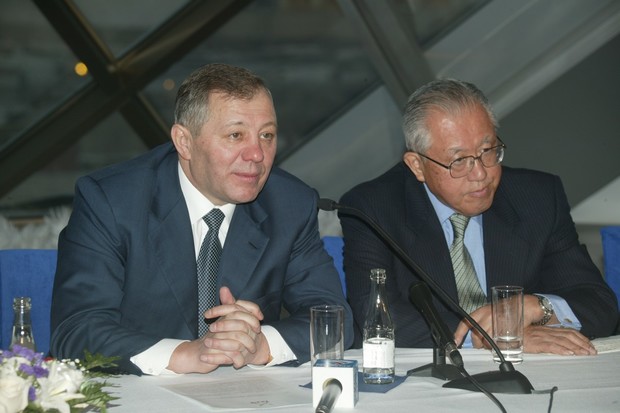
The last meeting…
'We continued our friendship as advisers – I was the Tatarstan state adviser, while he was the senior adviser of the Mitsui Strategic Research Institute. We not only wrote letters but also met with each other several times. For instance, he came to Tatarstan in August 2011 in order to collect data about the modern political and economic situation in Russia. We talked for a long time. In the end, he sincerely expressed his gratitude, as usual, and told this conversation helped him to understand the processes that were taking place in Russia at that time. We met in November 2012 and did it for the last time, as it turned out. We chatted not only about politics or economy but also families and children. Takehiro Togo also told about the state of affairs in Japan after the earthquake in 2012,' Mintimer Shaimiev tells.
In October 2013, the delegation of Mitsui arrived in Tatarstan to take part in jubilee events dedicated to the 55 th anniversary of the foundation and 50th anniversary of production of the first good in Kazanorgsintez PJSC. 'The director on Project Development Sugawara Masato asked me to meet in order to send me greetings and best wishes from my friend Takehiro Togo…' Mintimer Shaimiev remembers.
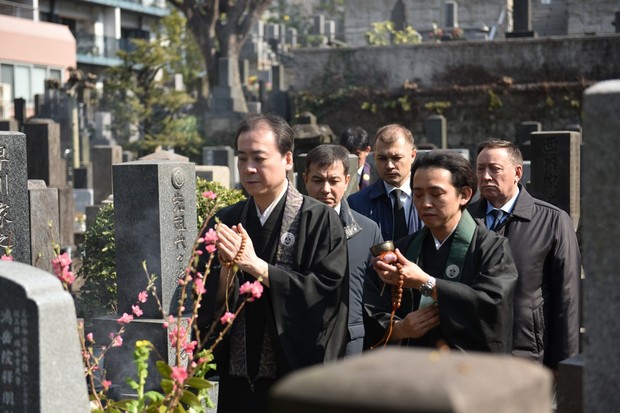
Mr Togo passed away two years ago. 'I remember him as a wise, smiling, sincere, polite and considerate – real Japanese man who always treats every person around him with respect, who is responsible for his every world, as a decent son of his nation that he loves and did his best for the prosperity of his country,' Mintimer Shaimiev concluded.
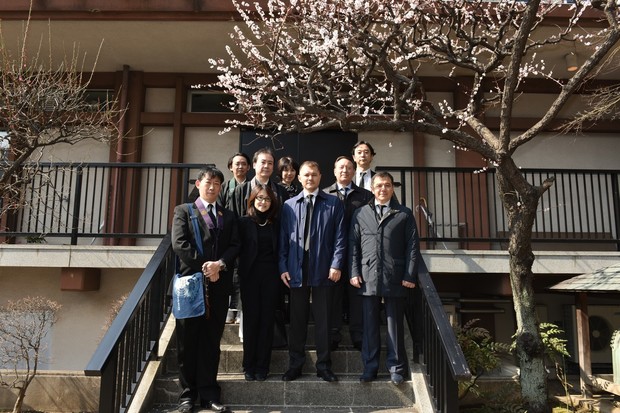
At the end of the winter this year a delegation of Tatarstan headed by President Rustam Minnikhanov visited the Land of the Rising Sun where a business mission called 'Trade and Industrial Dialogue: Russia – Japan' took place. The top management of GC TAIF that was also included in the delegation visited Mr Togo's grave. The deputy director general of TAIF PJSC on Corporate Property Management and Investments, chairman of the board of directors of Kazanorgsintez PJSC Ruslan Shigabutdinov, the deputy director general of TAIF on Management and Strategic Development of NKNKH Vladimir Busygin and the deputy director general of TAIF PJSC on Power Engineering and IT and chairman of the board of directors of TGC-16 PJSC Ruslan Gizzatulin paid homage to Takehiro Togo.
Reference
Takehiro Togo graduated from Faculty of Law from the University of Tokyo in 1958 and started his diplomatic service.
- From 1961 to 1974, attaché, third Secretary, First Secretary of the Embassy of Japan to the USSR.
- From 1974 to 1978, head of department of the Ministry of Foreign Affairs of Japan.
- From 1978 to 1981, adviser in the Embassy of Japan to the USA.
- From 1981 to 1984, deputy director of the International Agreement Department in the Ministry of Foreign Affairs of Japan.
- From 1984 to 1986, deputy director of Europe and Oceania Department in the Ministry of Foreign Affairs of Japan.
- From 1986 to 1988, Ambassador Plenipotentiary of Japan to the USSR.
- From 1988 to 1990, director of Europe and Oceania Department in the Ministry of Foreign Affairs of Japan.
- From 1990 to 1991, adviser in the Ministry of Foreign Affairs of Japan.
- From 1991 to 1993, Ambassador Extraordinary and Plenipotentiary of Japan to Singapore.
- From 1993 to 1996, Ambassador Extraordinary and Plenipotentiary of Japan to Turkey.
- From 1996 to 2000, Ambassador Extraordinary and Plenipotentiary of Japan to the Russian Federation, Azerbaijan, Armenia, Turkmenistan and Belarus.
- From 2000 to 2014, senior adviser in Mitsui. From 2003, senior adviser in the Mitsui Strategic Research Institute.
Mr Takehiro Togo died in 2014.
He visited Tatarstan many times, including as Ambassador Extraordinary and Plenipotentiary of Japan to the Russian Federation.